Have you ever wondered how your plumbing works? If you’re like most people, you probably take it for granted that water just magically appears in your taps and showers whenever you want it. But have you ever thought about where that water comes from and where it goes after you’re done using it?
Many people are curious about how the water in their shower gets reused in their plumbing system. The short answer is that it doesn’t. Shower water is not directly reused in your plumbing system. Fresh water comes into your home through the main supply line and is used only once before it’s sent down the drain. Read on to learn more about how your plumbing works and what happens to the water in your shower.
What happens to the water once you’ve finished showering or bathing
Once you shower or bathe, the water that is used does not disappear – instead, it begins a journey through your home’s plumbing. Different parts of the plumbing system must work together in order to deliver the used water away from your house and into a larger sewage system. When showering or bathing, the water that is used runs down the drain and into pipes connected to a plumbing system. From there, the water typically travels to a water treatment plant or a septic tank where it will be filtered and decontaminated before being returned to rivers, lakes, and oceans. In some places, recycled shower water may be reused to water plants or lawns, while in other areas shower and bath water may simply be returned to nature. Either way, the water will be decontaminated.

Without this treatment process, shower water would be filled with bacteria that can lead to significant environmental damage. As it stands showering and bathing makes up approximately 10% of total water use worldwide and proper disposal practices serve to protect the environment from potential hazardous pollutants.
What is Greywater?
Greywater is a term used to describe domestic wastewater that has not come into contact with toilet waste. This type of water, which comes from shower, bathtub and sink drains, is generally cleaner than typical household wastewater and contains fewer contaminants. However, greywater is still not clean enough for consumption by humans or animals. When managed correctly, greywater can be reused or diverted to the environment without posing any safety risks to people or adversely affecting the area’s flora and fauna. For example, it can be used to water the flowers and plants in your yard, but it is not recommended to water any vegetables you may be growing.
What is Recycled Water?
Recycled water, also referred to as reclaimed water, is a type of wastewater that has been treated to be safe for showering and other uses in our homes. It is created through a comprehensive process that begins with reclaiming wastewater before it enters the local sewage plant.
Firstly, this involves removing any large materials and impurities left behind by showering, using plumbing fixtures etc. Next, the water undergoes biochemical and chemical treatment procedures which displace any biological contaminants and inorganic pollutants. Finally, it goes through a disinfection process to guarantee that all microbial agents are eliminated so that it is safe for human use. The end result is recycled water – an effective way of responsibly managing our natural resources by repurposing shower, plumbing and other waters for daily use.
Recycled water is an invaluable resource that can be used for non-potable purposes such as watering plants outdoors, toilet flushing, and industrial processes. With the escalating demand for freshwater resources, individuals have begun to prioritize recycled water initiatives in order to save on costs and reduce water wastage.

How to Conserve Shower Water
Conserving water while showering is an effective way to reduce water consumption.
Instead of showering for long periods of time, we can make small changes to be more conscious about the amount we use. Taking shorter showers which can result in saving up to 50% of shower water use if you usually shower for long periods of time. Reducing shower time from 10 minutes down to five can save up to 30 liters of water every shower.
Also, changing shower heads to one that has a low flow or low pressure can help conserve water as well. Low flow shower heads tend to consume 2-5 gallons of water per minute which is significantly less than traditional shower heads that use around 7-10 gallons per minute.
In conclusion, with small adjustments it is easy to save water while showering, benefiting both your wallet and the environment.
Contact White’s Plumbing Today
Showering and bathing are two of the most common ways that people use water in their homes. Most people don’t think about what happens to the water once they’re finished showering or bathing. However, it’s important to be aware of how your actions can impact the environment around you. The recycled water and greywater from your home is used in different ways by plumbing systems. You can conserve water while showering by making small changes, such as using a low-flow shower head. If you have any questions about this process or need help with your plumbing, please don’t hesitate to contact White’s Plumbing LLC.




